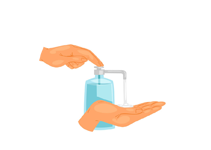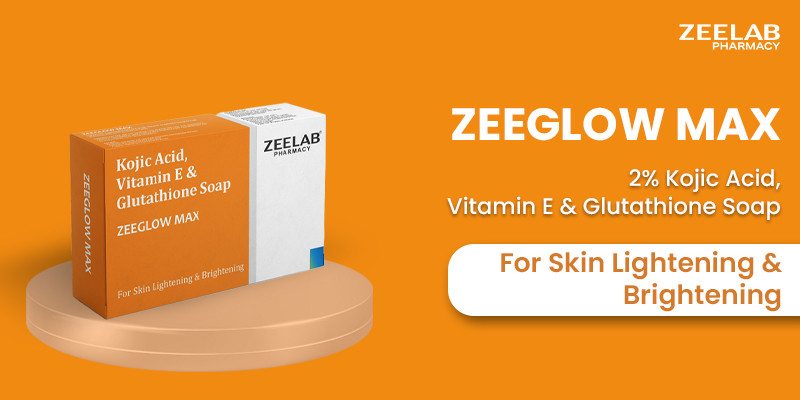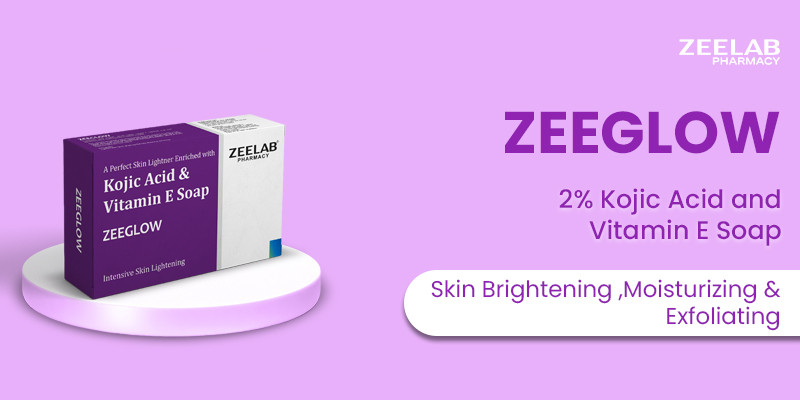Azelaic Acid
Azelaic Acid is a naturally occurring acid used in skincare to treat acne, rosacea, and hyperpigmentation. It is often found in topical creams and gels, offering a gentle yet effective solution for reducing skin inflammation, clogged pores, and dark spots. Known for its antibacterial and exfoliating properties, Azelaic Acid helps to clear the skin, improve texture, and even out skin tone. Regular use can lead to a clearer complexion, making it a popular choice for individuals with acne-prone or sensitive skin.
Uses of Azelaic Acid
- Treats mild to moderate acne and prevents new breakouts.
- Reduces the appearance of dark spots and hyperpigmentation.
- Effective in treating rosacea and reducing skin redness.
- Helps in improving overall skin texture and tone.
How Azelaic Acid Works
Azelaic Acid works by inhibiting the growth of acne-causing bacteria and preventing clogged pores. It also reduces skin inflammation and promotes skin cell turnover, which helps in treating hyperpigmentation and dark spots. Its mild exfoliating action clears the skin, reducing the appearance of blemishes and improving skin texture.
Benefits of Azelaic Acid
- Reduces acne breakouts and prevents new ones from forming.
- Lightens dark spots, pigmentation, and even skin tone.
- Improves skin texture, leaving it smoother and healthier.
- Helps manage rosacea symptoms, including redness and swelling.
- Safe for sensitive skin, offering a gentle solution to common skin concerns.
How to Take Azelaic Acid
Azelaic Acid is typically applied topically in the form of a cream, gel, or foam. Wash and pat your skin dry before applying a thin layer of Azelaic Acid to the affected areas, usually twice daily or as recommended by your dermatologist. Avoid using large amounts and allow the product to absorb fully before applying other skincare products. It is important to use sunscreen during the day as Azelaic Acid can increase sensitivity to the sun.
Side Effects of Azelaic Acid
- Common side effects include mild skin irritation, redness, or dryness.
- Some users may experience a stinging or burning sensation when first applying the product.
- In rare cases, allergic reactions may occur, causing itching, swelling, or severe redness.
- Excessive use can lead to skin peeling or dryness.
Safety Advice
- Do a patch test before applying Azelaic Acid to your face to avoid allergic reactions.
- If irritation persists or worsens, reduce the frequency of use or consult a dermatologist.
- Avoid contact with eyes, mouth, and mucous membranes. Rinse thoroughly if contact occurs.
- Use sunscreen daily to prevent sunburn as Azelaic Acid may make your skin more sensitive to the sun.
Frequently Asked Questions (FAQs)
Q: What is Azelaic Acid used for?
A: Azelaic Acid is used to treat acne, rosacea, hyperpigmentation, and dark spots, improving skin texture and tone.
Q: Can Azelaic Acid help with acne scars?
A: Yes, Azelaic Acid can help lighten dark spots and improve skin texture, reducing the appearance of acne scars over time.
Q: How often should I use Azelaic Acid?
A: Typically, Azelaic Acid is applied twice daily, but it’s best to follow your dermatologist’s instructions for optimal results.
Q: Is Azelaic Acid safe for sensitive skin?
A: Yes, Azelaic Acid is generally safe for sensitive skin, but it’s important to do a patch test to ensure no adverse reactions occur.
Q: Can I use Azelaic Acid with other skincare products?
A: Yes, you can use Azelaic Acid alongside other products, but avoid using it with harsh exfoliants or acids. Always apply sunscreen during the day.
Download India's most affordable pharmacy app
- Compare with medicine prices
- Save upto 90% on your medicine bills

Temperature Controlled storage and delivery

Regular Sanitization

Disinfected Packaging














 Added!
Added!